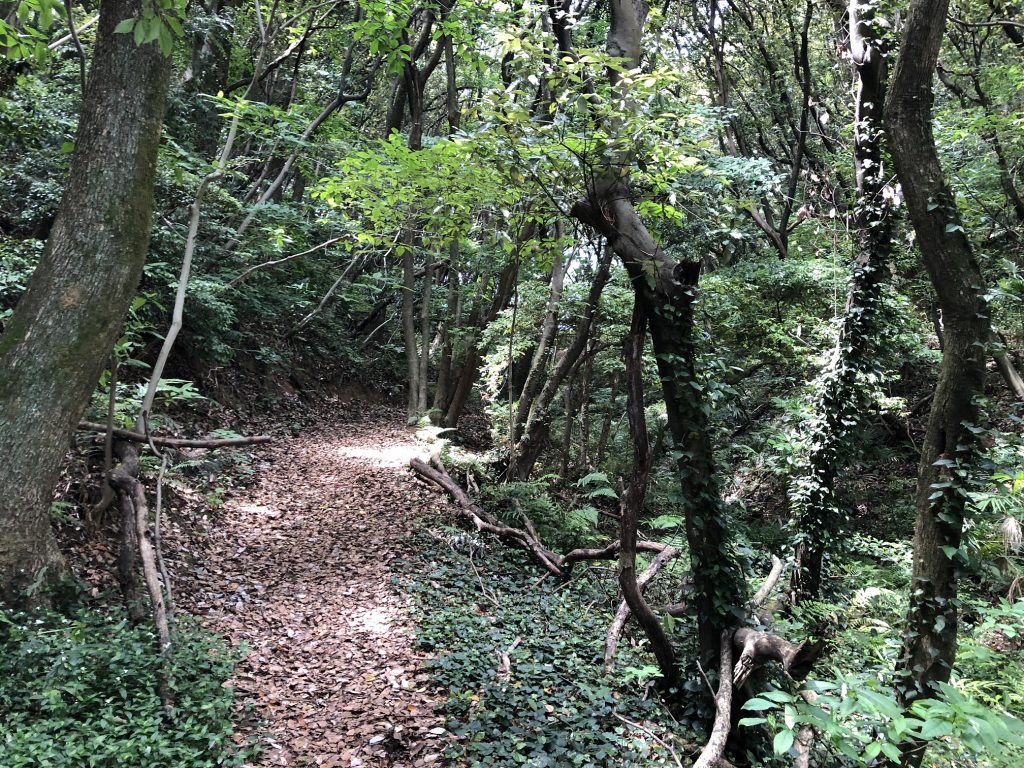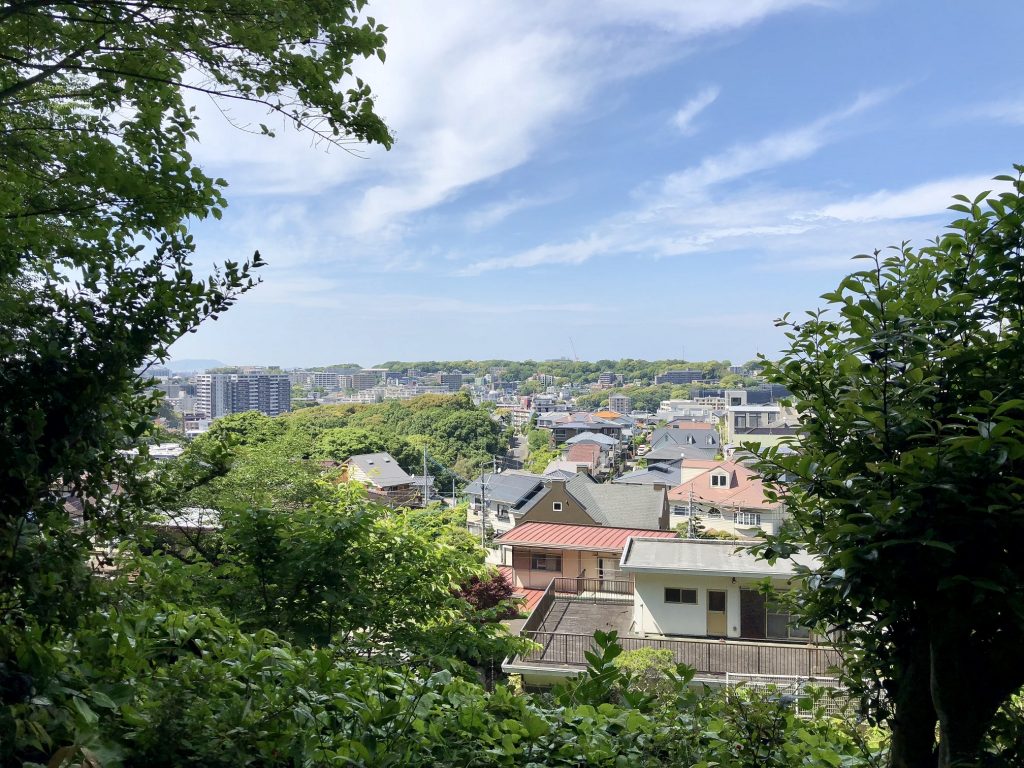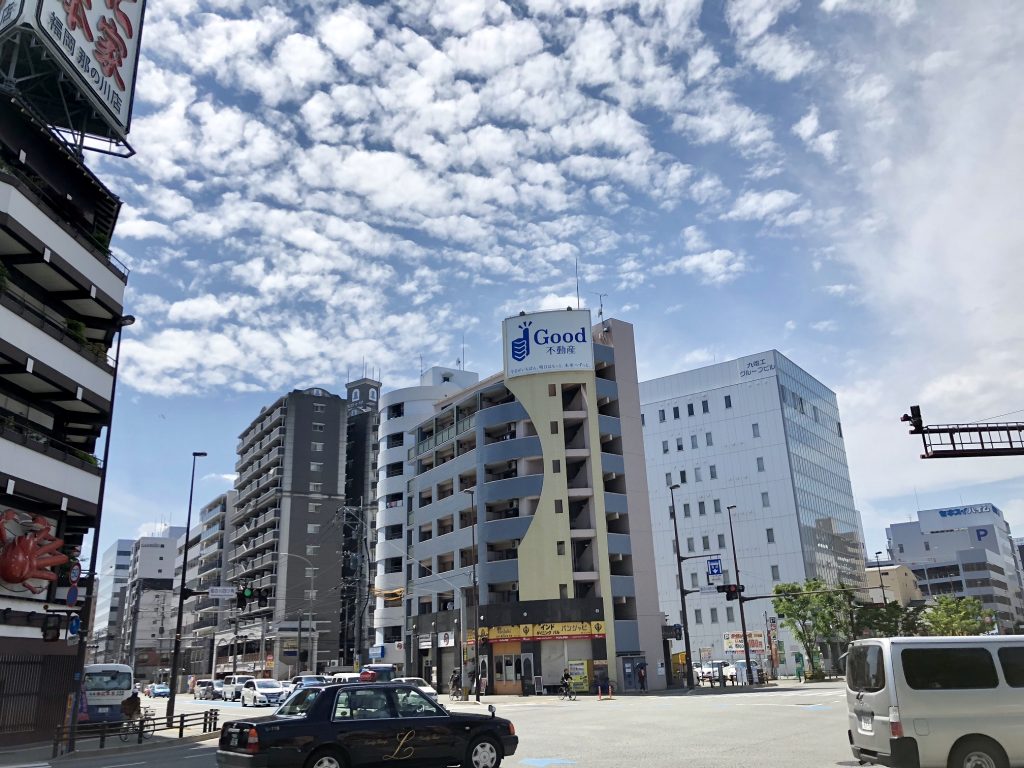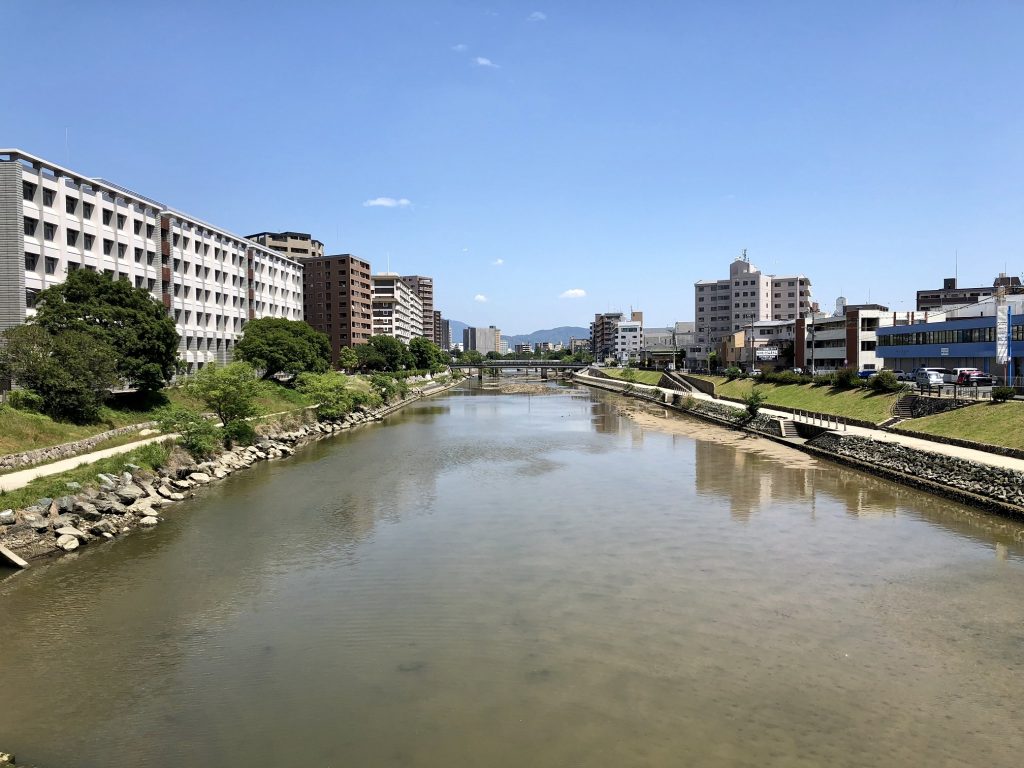The contemporary strategic environment presents a paradox. On one hand, the fundamental nature of war as a political instrument, driven by human factors and subject to friction and uncertainty, appears timeless. Carl von Clausewitz’s assertion that war serves political objectives remains a crucial anchor, forcing strategists to connect means with ends, even amidst technological fascination. Similarly, Sun Tzu’s principles regarding deception, intelligence, and achieving advantage with minimal direct confrontation resonate strongly in an era increasingly defined by non-traditional operations and persistent competition below the threshold of open warfare.
Yet, the character of conflict is undergoing a profound transformation. Technological disruption, particularly in the digital domain, is eroding traditional military advantages, intensifying “grey zone” activities, empowering non-state actors, and blurring the very definitions of war and peace. This necessitates a critical re-examination of established strategic paradigms and a forward-looking approach to national security. The challenge for policymakers and strategists lies in reconciling the enduring nature of war with its rapidly evolving character.
From Deterrence by Punishment to Deterrence by Resilience?
The Cold War’s strategic stability, largely built upon the concept of Mutually Assured Destruction (MAD), faces fundamental challenges in the digital age. While nuclear deterrence created a precarious balance, its logic struggles to adapt to threats operating outside its established framework. Cyberspace and information warfare lack the clear attribution mechanisms and proportional response options that underpin traditional deterrence by punishment. As Thomas Rid notes, establishing credibility and effective retaliation in these domains is problematic. Jeffrey Knopf’s work on “Fourth Wave” deterrence highlights how emerging threats disrupt existing models.
Furthermore, the strategic landscape is no longer solely dominated by states. Powerful technology firms, transnational terrorist organisations, and ideologically driven groups operate with increasing autonomy and influence, complicating deterrence calculations built on state-centric assumptions. The conflict in Ukraine provides stark examples, where companies like SpaceX have deployed capabilities, such as Starlink, that significantly impact battlefield communications and information warfare dynamics, challenging the state’s traditional monopoly on such strategic assets. This diffusion of power necessitates a broader conception of deterrence, moving beyond punishment towards denial, resilience, deception, and proactive information operations. Security may increasingly depend on the ability to withstand, adapt, and operate effectively within a contested information environment, rather than solely on the threat of overwhelming retaliation.
The Digital Revolution and the Transformation of Conflict Logic
The digital revolution represents more than just the introduction of new tools; it signifies a potential “change of consciousness” in warfare, as Christopher Coker suggests. Conflict becomes less geographically bounded and more psychological, abstract, and continuous, eroding distinctions between wartime and peacetime. Cyber operations, AI-enabled decision-making, and sophisticated disinformation campaigns are not merely adjuncts to traditional military power; they are becoming central components of strategic competition. China’s “Three Warfares” doctrine integrating psychological operations, public opinion manipulation, and legal maneuvering, which exemplifies how state actors are weaponising the information domain to achieve strategic aims.
This shift challenges classical strategic concepts. How is escalation controlled when cyberattacks lack clear attribution? How is victory defined when conflict plays out continuously in the non-physical domain? The Ukraine conflict serves as a real-world laboratory, demonstrating the strategic significance of cyber defenses, AI-driven targeting, and narrative warfare alongside conventional operations. It highlights how eroding conventional advantages forces a rethink of the very currency of power. Non-state actors, like ISIS, have also adeptly exploited the digital realm for recruitment, propaganda, and operational coordination, demonstrating the asymmetric advantages offered by this environment.
Systemic Fragility, Strategic Agility, and Redefined Victory
The deep integration of technology across society creates unprecedented efficiencies but also introduces systemic fragility. Interconnectedness means that disruptions, whether from cyberattacks, pandemics, financial crises, or supply chain breakdowns, can cascade rapidly with significant security implications. Consequently, building national resilience – encompassing robust cybersecurity, hardened infrastructure, diversified supply chains, and societal preparedness – becomes a core strategic imperative.
Alongside resilience, strategic agility is paramount. The accelerating pace of technological and geopolitical change means that strategies and institutions must be capable of rapid adaptation. The failure of European powers to adapt their doctrines to the realities of industrialised warfare before World War I, as chronicled by Barbara Tuchman, serves as a potent warning against strategic rigidity. Fostering agility requires institutional cultures that embrace learning and experimentation, empower decentralised action, and anticipate change.
This evolving landscape also forces a re-evaluation of “victory”. As warfare expands beyond purely military considerations to encompass cyber, economic, and informational domains, success becomes more ambiguous. Robert Mandel’s distinction between “war-winning” (tactical success) and “peace-winning” (achieving sustainable political outcomes) is increasingly pertinent. Future conflicts, likely to be protracted and involve multiple actors with divergent goals, may necessitate strategies focused on achieving iterative, adaptable political objectives rather than decisive military triumphs.
Adapting Strategy for an Unfolding Future
While some argue that classical, state-centric models of war are obsolete, discarding the foundational insights of strategists like Clausewitz and Sun Tzu would be premature. As Lawrence Freedman emphasises, war remains shaped by human agency and political motives, regardless of technology. The core task is not replacement but adaptation: applying enduring principles to navigate the complexities of the contemporary environment.
Successfully navigating the future strategic environment requires a conceptual shift. Technological foresight, AI-driven analysis, and robust cyber capabilities are necessary but insufficient. The decisive factor may be institutional and cultural: the capacity for continuous learning, adaptation, and innovation. Strategy must become truly multidimensional, integrating all instruments of national power – diplomatic, informational, military, and economic – within a coherent framework that acknowledges both the timeless nature and the transforming character of conflict. The future belongs to those who can master this complex, dynamic interplay.
Bibliography
- Awan, Imran. “Cyber-Extremism: Isis and the Power of Social Media.” Society 54, no. 2 (April 2017): 138–49. https://www.proquest.com/scholarly-journals/cyber-extremism-isis-power-social-media/docview/1881683052/se-2.
- Coker, Christopher. Future War. Polity Press, 2015.
- Freedman, Lawrence. The Evolution of Nuclear Strategy. New York: Palgrave Macmillan, 2003.
- Freedman, Lawrence. The Future of War: A History. New York: PublicAffairs, 2017.
- Gray, Colin S. The Strategy Bridge: Theory for Practice. Oxford: Oxford University Press, 2010. Online edn, Oxford Academic, September 1, 2010.
- Greggs, David. “Violent Limitation: Cyber Effects Reveal Gaps in Clausewitzian Theory.” The Cyber Defense Review 9, no. 1 (2024): 73–86. [invalid URL removed].
- Jervis, Robert. The Meaning of the Nuclear Revolution: Statecraft and the Prospect of Armageddon. Ithaca: Cornell University Press, 1989.
- Kaldor, Mary. New and Old Wars: Organized Violence in a Global Era. 3rd ed. Cambridge: Polity Press, 2012.
- Kania, Elsa B. “The PLA’s Latest Strategic Thinking on the Three Warfares.” The Jamestown Foundation, August 22, 2016. https://jamestown.org/program/the-plas-latest-strategic-thinking-on-the-three-warfares/.
- Knopf, Jeffrey W. The Second Nuclear Age: Strategy, Danger, and the New Power Politics. Washington, D.C.: Council on Foreign Relations Press, 2002.
- Layton, Peter. “Fighting artificial intelligence battles: Operational concepts for future ai-enabled wars.” Network 4, no. 20 (2021): 1-100.
- Mandel, Robert. The Meaning of Military Victory. Boulder, CO: Lynne Rienner, 2006.
- Morozov, Evgeny. To Save Everything, Click Here: The Folly of Technological Solutionism. New York: PublicAffairs, 2013.
- Rid, Thomas. Cyber War Will Not Take Place. London: Hurst, 2013.
- Skove, Sam. “How Elon Musk’s Starlink Is Still Helping Ukraine’s Defenders.” Defense One, March 1, 2023. https://www.defenseone.com.
- Sun Tzu. The Art of War. Newburyport: Dover Publications, Incorporated, 2002.
- Tiwari, Sachin. “Cyber Operations in the Grey Zone.” The Digital Humanities Journal, November 14, 2023. https://tdhj.org/blog/post/cyber-operations-grey-zone/.
- Tuchman, Barbara W. The Guns of August. New York: Macmillan, 1962.
- Van Creveld, Martin. Transformation of War. New York: Free Press, 1991.
- Von Clausewitz, Carl. On War. Edited and translated by Michael Howard and Peter Paret. Princeton: Princeton University Press,1 1984.
















